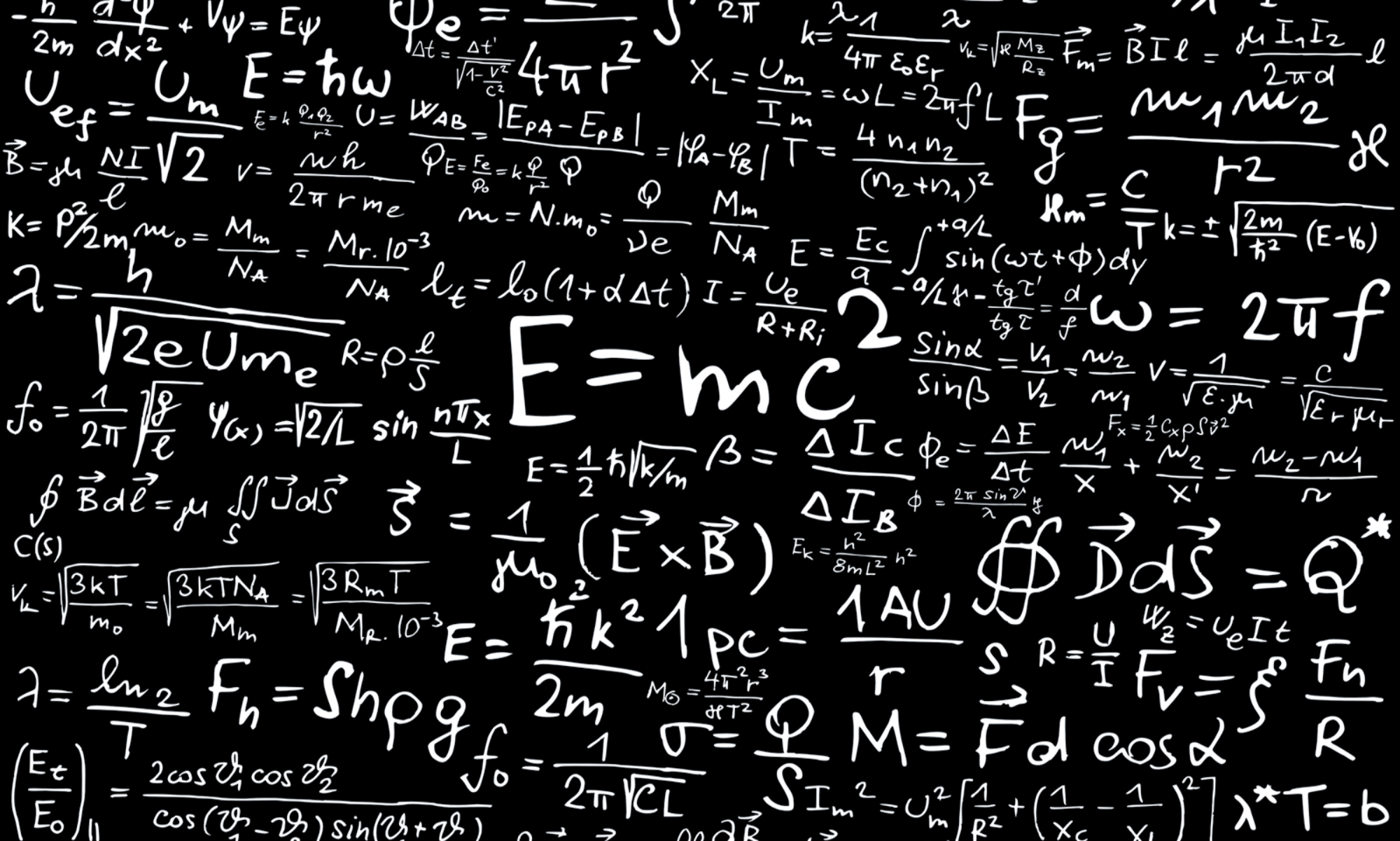Classical mechanics is a model of the physics of forces acting upon bodies. It is often referred to as “Newtonian mechanics” after Isaac Newton and his laws of motion. It also includes classical approach as given by Hamiltonian and Lagrange methods. It deals with motion of particles and general system of particles.
Relativity
The special theory of relativity enjoys a relationship with electromagnetism and mechanics; that is, the principle of relativity and the principle of stationary action in mechanics can be used to derive Maxwell’s equations, and vice versa.
Thermodynamics and statistical mechanics
The first chapter of The Feynman Lectures on Physics is about the existence of atoms, which Feynman considered to be the most compact statement of physics, from which science could easily result even if all other knowledge was lost. By modeling matter as collections of hard spheres, it is possible to describe the kinetic theory of gases, upon which classical thermodynamics is based. Continue reading “Thermodynamics and statistical mechanics”
Electromagnetism
Electromagnetism is a branch of physics involving the study of the electromagnetic force, a type of physical interaction that occurs between electrically charged particles. The electromagnetic force usually exhibits electromagnetic fields such as electric fields, magnetic fields, and light and is one of the four fundamental interactions (commonly called forces) in nature. The other three fundamental interactions are the strong interaction, the weak interaction, and gravitation. Continue reading “Electromagnetism”
Quantum mechanics
Quantum mechanics is the branch of physics treating atomic and subatomic systems and their interaction with radiation. It is based on the observation that all forms of energy are released in discrete units or bundles called “quanta”. Remarkably, quantum theory typically permits only probable or statistical calculation of the observed features of subatomic particles, understood in terms of wave functions. The Schrödinger equation plays the role in quantum mechanics that Newton’s laws and conservation of energy serve in classical mechanics—i.e., it predicts the future behavior of a dynamic system—and is a wave equation that is used to solve for wavefunctions. Continue reading “Quantum mechanics”
